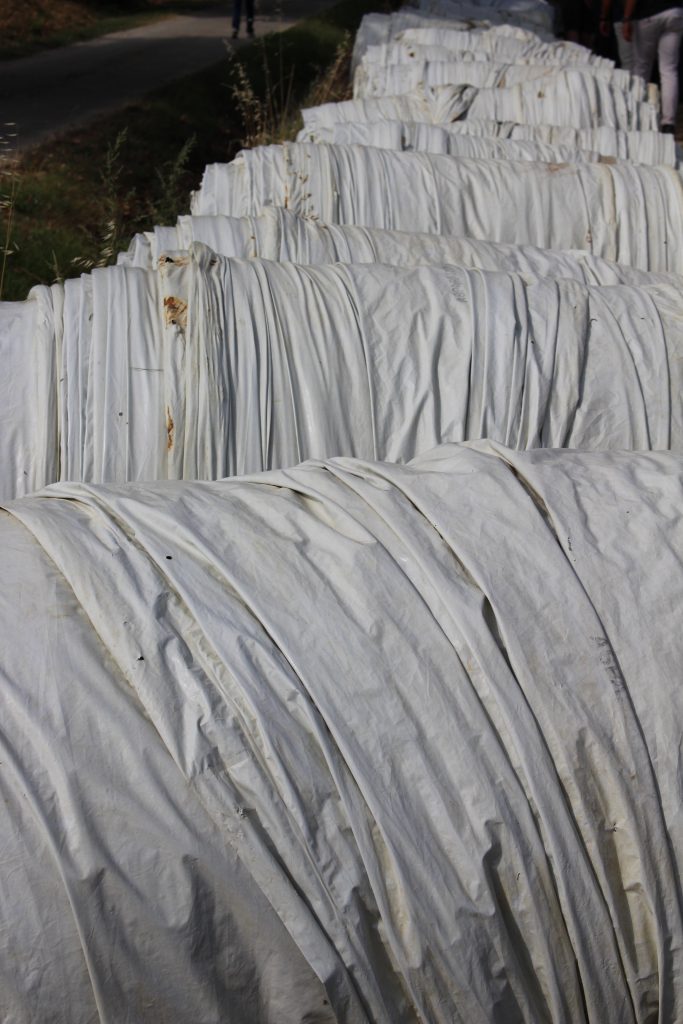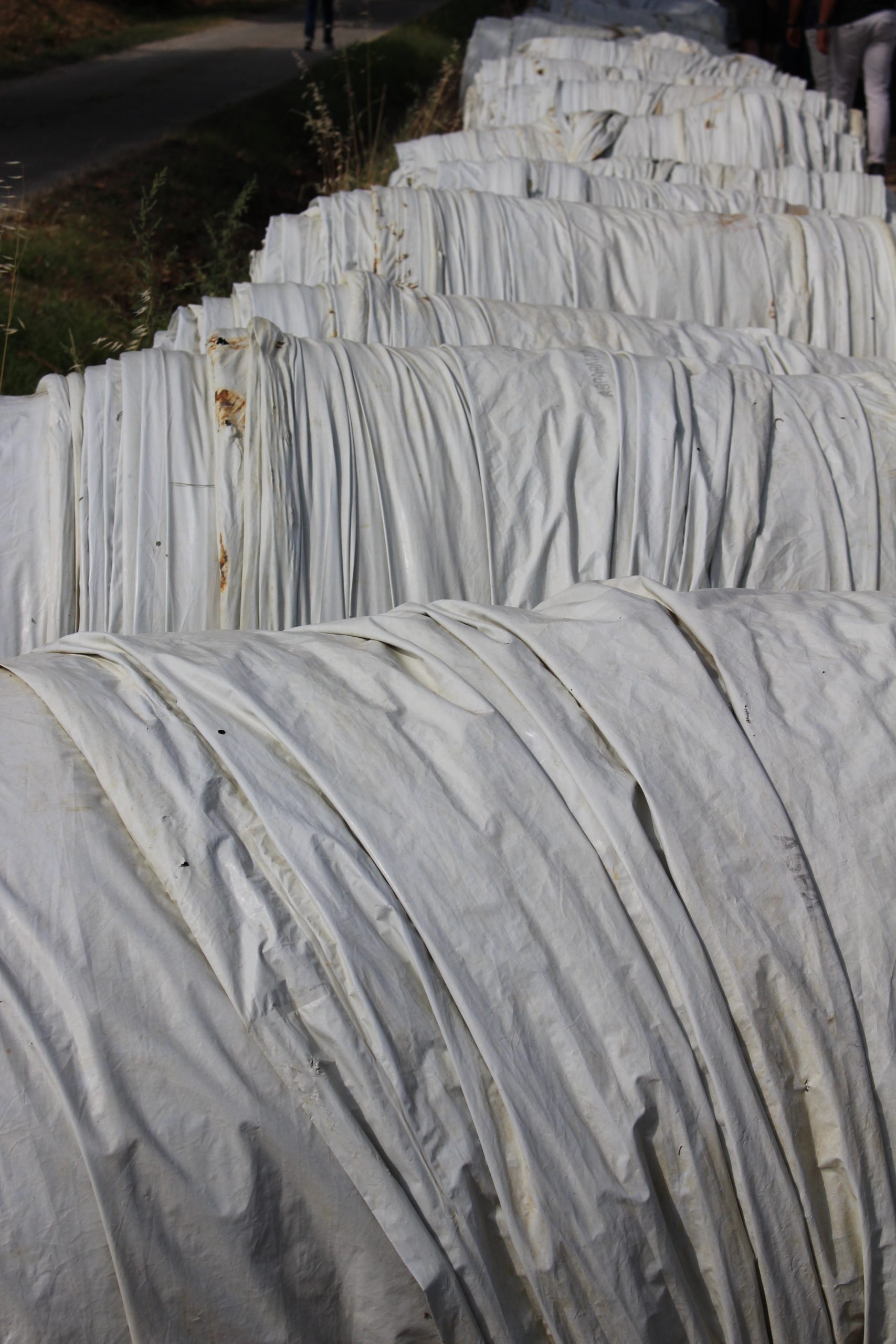Recyclability of plastics used to grow asparagus.
White, purple or green, asparagus is grown all over the world and, in the right season, is highly prized by consumers. They are probably unaware that cultivation techniques use plastic and that the quality of asparagus owes a lot to plastic!
Plastic brings many advantages to production, but it also imposes constraints on the producer after its use. In addition, the environment can pay the cost in the absence of an end-of-life management system. In many countries, professionals have organised themselves to eliminate these constraints.
The “asparagus film” is a low-density polyethylene film with the peculiarity of having pockets filled with soil to locate well on the mound. Black-white opaque films are sometimes covered with transparent thermal film. More than 700 kg of new plastics per hectare are required for 4 or 5 seasons in the case of opaque films and 2 to 3 for thermal films. After the end of the film life, 4 to 5 tons of used plastics must be removed from the field and recycled, taking into account the soil in the pockets.
Polyethylene is a perfectly recyclable material. However, when very soiled its recyclability is greatly diminished, and costs are increased. However, after use, it is possible to give the plastic a second life, in another form, in another product. To achieve this, several steps must be taken. Removal techniques must ensure that as much soil as possible is left in the field. Mechanical pre-treatment of the soiled film after removal may be necessary before delivery to the recycler. Despite this, the technical, efficient and inexpensive solution has yet to be found to improve the quality of used asparagus film in order to restore its full value and for it to become a real resource. European plastic manufacturers have launched research and development projects to meet this need.























